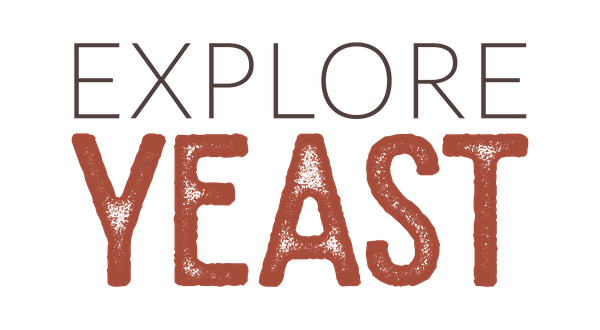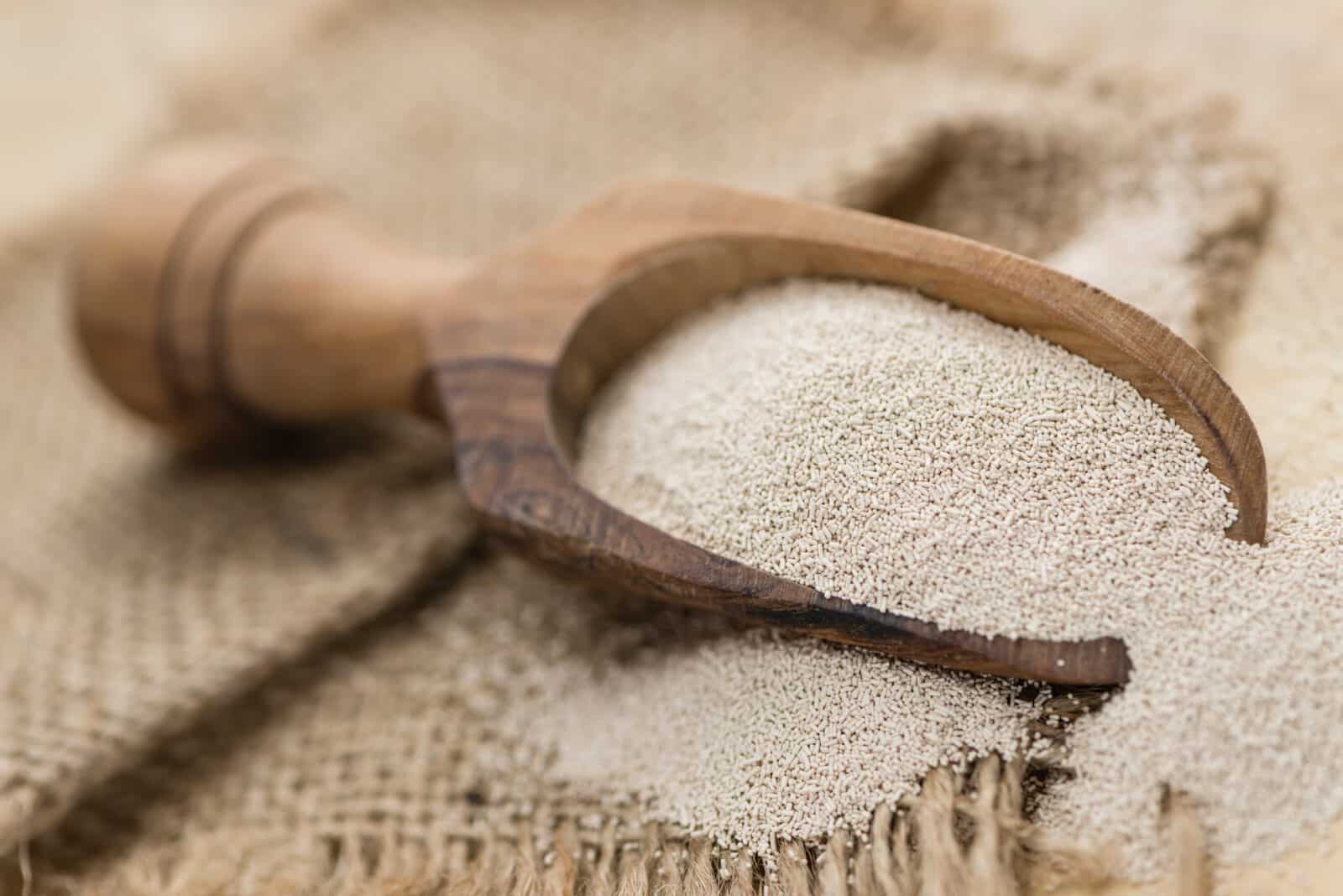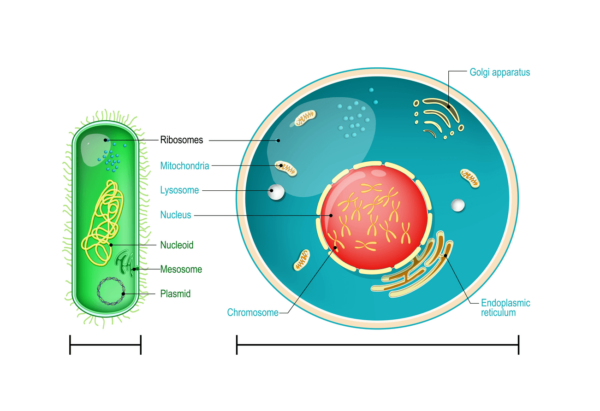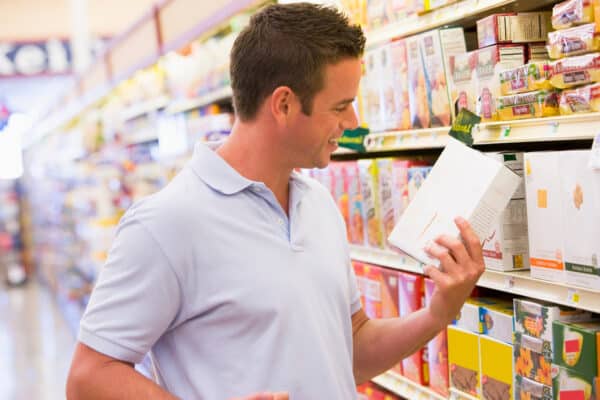Is yeast a plant or an animal?
Yeast is not an animal. In fact, it is part of the fungi kingdom. This means that yeast is in the same family as mushrooms!
Yeast is a living, single-cell organism. Yeast is very common in nature and can be isolated from many sugar-rich materials. Although they are single-celled organisms, they have a cellular organization similar to that of many higher organisms like humans!
Despite being fungi, yeasts are like animals in that they are heterotrophs, meaning they cannot produce their own food but need to get nutrition from other sources such as plant and animal matter. As the yeast grows, it transforms its food, in the form of sugar or starch, into alcohol and carbon dioxide (CO2). This process is called fermentation. Yeasts use organic compounds, like sugar, as a source of energy and do not need sunlight to grow.
Different types of yeast can survive in a wide range of temperatures. Yeast can survive in temperatures from -2 to 45 °C. Some yeast can even survive under freezing temperatures. This makes yeast resilient and able to live in a wide array of environments.
There are more than 1,500 types of wild yeast that have been identified so far. Yet, many more probably exist in the wild and are just waiting to be found!
Find out everything you need to know about yeast!
Is yeast a parasite?
As mentioned above, yeasts are widely dispersed in nature and there are many different kinds of yeast. They can be found in fruits and flowers as well as in the soil. They can even be found on the surface of your skin and in your intestinal tract!
Most yeasts live in symbiosis with their hosts and may even provide significant benefits. Different fungi or yeasts in your intestinal tract are essential for good health and digestion.
Unfortunately, sometimes yeasts get a bad name as many people are familiar with the term “yeast infection.” But this is only caused by specific yeasts such as Candida albicans,
which is a commensal microorganism of the human microbial flora and is necessary for the balance of our microbiota. When our immune system is weakened by taking antibiotics or when there is a hormonal imbalance, Candida albicans can multiply in an anarchic way causing candidiasis (oral, genital, digestive, or on one’s nails). So, when we talk about yeast infections, we are talking about Candidiasis. In this case, Candida albicans could be considered a parasite that is living at the expense of another organism (the host).
Certain so-called probiotic yeasts can be very valuable. For example, to protect the vaginal flora from mycosis (vaginal candidiasis), a patented strain of yeast CNCM I-3856 with probiotic effects has demonstrated its effectiveness. Therefore, yeasts can also protect us.
While there are a few yeasts that can cause adverse effects, the majority of yeasts, as Saccharomyces cerevisiae, can provide great advantages, whether it be interesting nutritional contributions or health benefits. Furthermore, yeasts can be utilized for fermentation to make beer, wine, bread, and a variety of other wonderful products!
Learn more about how yeast is used in fermented drinks!
What is the difference between active and inactive yeast?
To put it simply, “active” or “active dry” yeast is alive, and inactive yeast is dead.
To make your bread, pizza, buns, or fermented drinks, such as beer, you can use active dry yeast or so-called “instant” yeast. These two forms of yeast are both active in terms of fermentation.
- Active dry yeast in the form of spherules (small balls): this type of active yeast needs to be reactivated in warm water and well dispersed before being mixed with the other ingredients in your recipe.
- Instant yeast in the form of tiny vermicelli (small cylinders): this type of active yeast does not require prior rehydration and can be used directly with the other ingredients. It will reactivate during the mixing process once in contact with the moist medium. To maintain its effectiveness, instant dry yeasts are packaged in vacuum-sealed or protective packaging. They must be kept dry and at room temperature.
When you look at them, you may think that these yeasts in dry form are dead, but in fact, they are just dormant with inactivated metabolism, which allows them, once packaged, to have a longer shelf life. Yeast makers can dehydrate the yeast without impacting its vitality.
The so-called inactive yeasts, on the other hand, have been deactivated through heat treatment to break the yeast cells and release critical components of nutritional interest. So-called “nutritional yeasts” or yeast extracts are thus fermentatively inactive.
Inactivated yeasts are typically used to improve the flavor and nutritional quality of dishes, as they are rich in complete proteins and have a variety of vitamins and minerals.
So, if you want to add inactivated yeast in addition to active yeast to baked goods you can increase its nutritional value. However, if you substitute baker’s yeast with nutritional yeast you are likely to end up with some pretty questionable unleavened bread. In reality, you may not even be able to really call it bread!
Explore all about yeast and breadmaking!
What is commercial yeast?
Commercial yeast is essentially cultured yeast. They are specific strains of yeast that have been chosen and isolated by producers because they are particularly excellent at doing a specific desired job. Some yeasts are particularly good for use in bread, while others may be better for brewing beer or making wine. Yeast may be chosen for their ability to live in different conditions and under certain temperatures, or because they have a particularly sought-after flavor or aroma.
Commercial yeast’s counterpart is “wild” yeast which is present in the air, soil, and on different grains and fruits.
Regardless of if the yeast is “commercial” or “wild” all yeast is of natural origin. So, what one might call “commercial” yeast now was once “wild” yeast in the past. Many yeast producers still travel to different vineyards looking for particularly special yeasts to then harvest and be sold to winemakers to be utilized for commercial production.
Find out why certain yeasts are so essential to winemaking!
Add a link to the article
How can yeast benefit my health and diet?
As you have probably already gathered, yeast can be particularly beneficial for one’s health and diet.
Yeast and specifically nutritional yeast contain essential nutrients like proteins, vitamins, and minerals and have an interesting nutritional contribution. Yeast can be used in dietary supplements, seasonings, and functional foods. Furthermore, yeast as an active living microorganism can provide health benefits to animals and humans by acting as a probiotic.
So, while yeast can help one produce bread, beer, and wine it can also help us be healthier and add more nutritional qualities to our foods!
Now you know the basics about yeast, but you can continue your yeast journey by following the links in this article!
Learn more about yeast’s superb health benefits!




